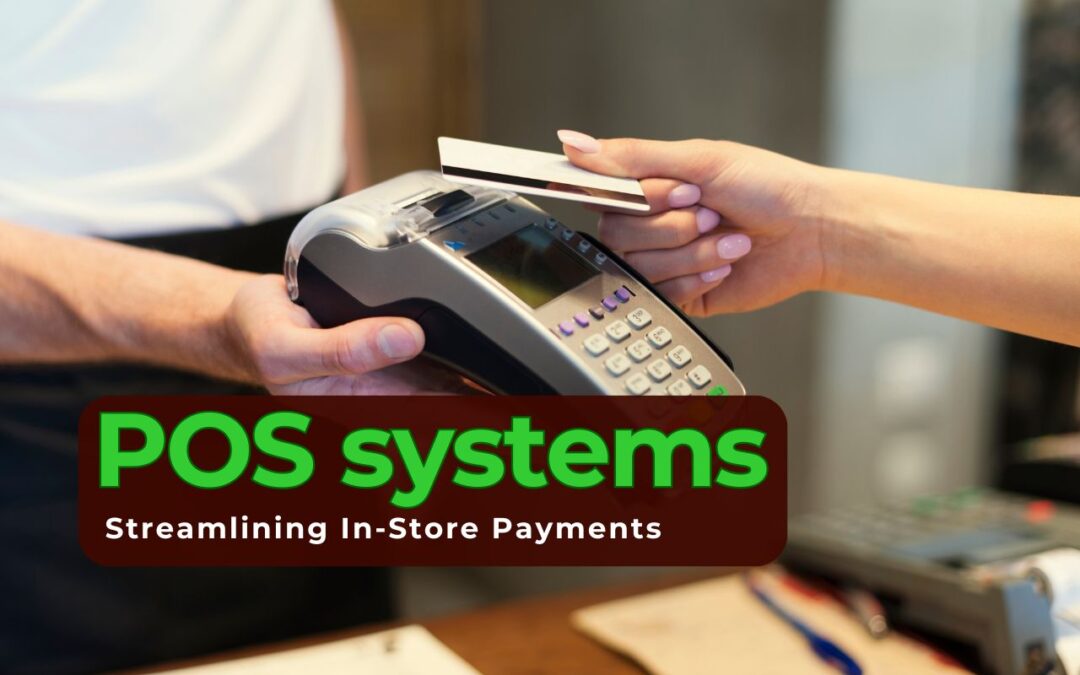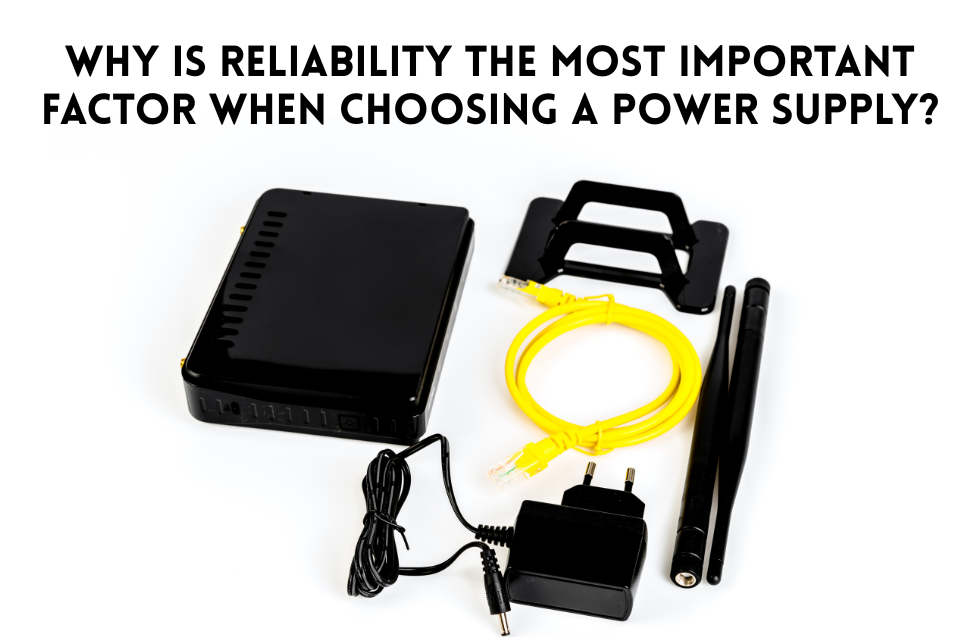In today’s competitive retail landscape, businesses are under increasing pressure to deliver seamless and efficient payment experiences to customers. The growing demand for fast, secure, and frictionless transactions has elevated the importance of Point of Sale (POS) systems in modern in-store operations. More than just a cash register, a POS system serves as the heart of a business’s payment infrastructure, managing sales, tracking inventory, collecting customer data, and optimizing overall store performance.
As retail environments evolve with the digital transformation, the role of POS systems has expanded significantly. They no longer simply facilitate transactions—they help businesses manage operations, improve customer service, and adapt to new payment trends. This blog explores how POS systems are revolutionizing in-store payment experiences, the operational benefits they offer, and why they are an essential tool for business growth and sustainability.
Understanding the Basics: What is a POS System?
A POS system is a combination of hardware and software that allows retailers to complete sales transactions with customers. Traditionally, this meant a cash register and a credit card reader. Today, however, modern POS systems are integrated platforms that offer a wide range of functions, including inventory management, employee tracking, real-time analytics, digital receipts, loyalty programs, and various payment methods.
POS systems can be tailored to suit the needs of different business types—whether a small boutique or a multi-location enterprise. Their flexibility, scalability, and technological capability make them indispensable in optimizing in-store payment operations.
Streamlining the Payment Process
One of the most critical roles of POS systems is to streamline the payment process, both for customers and staff. Traditional payment methods involved manual entry, slow processing, and often paper-based records, all of which contributed to longer wait times and potential errors. Modern POS systems drastically reduce these inefficiencies.
Faster Transactions
With intuitive interfaces and automated processing, POS systems reduce the time taken per transaction. They support various payment methods such as cash, credit/debit cards, digital wallets, QR codes, and contactless payments. The speed and accuracy of these systems significantly enhance the customer experience, especially during peak business hours.
Enhanced Accuracy
Manual errors in pricing, tax calculations, and discounts can cost businesses time and money. POS systems ensure that pricing structures, promotional codes, and tax rules are consistently applied, minimizing human error and ensuring compliance with local regulations.
Integrated Checkout Experience
POS systems can integrate with other business functions, creating a unified checkout experience. For example, customer data can be pulled during checkout to offer personalized discounts or apply loyalty points. This not only streamlines payments but also creates a customized shopping journey that fosters loyalty.
Improving Inventory and Order Management
Efficient inventory management is critical for in-store success, and POS systems play a pivotal role in this area. Traditional inventory tracking methods were cumbersome, often leading to stock mismatches and missed sales opportunities.
Modern POS systems automatically update inventory levels with every transaction. This real-time synchronization helps store managers know exactly what’s available, what’s running low, and what needs to be reordered. This ensures that the store is always adequately stocked, improving both sales and customer satisfaction.
Some systems can even trigger reordering alerts or integrate with suppliers to automate restocking, which streamlines backend operations and reduces the manual workload on employees.
Enhancing Employee Productivity
POS systems contribute significantly to workforce management. They can be used to track employee hours, sales performance, and even control access to sensitive information. Staff members can clock in and out, assign transactions to their accounts, and monitor their performance through detailed reports.
These features provide managers with insights into staff efficiency and can inform decisions about scheduling, training, and reward systems. When employees use an intuitive POS interface, it also shortens the learning curve, making it easier for new hires to become productive faster.
Enabling Advanced Analytics and Reporting
One of the most valuable features of a POS system is the ability to collect and analyze data. The detailed reports generated provide deep insights into customer behavior, sales trends, inventory turnover, and financial performance. This data can be used to:
- Forecast demand
- Optimize pricing strategies
- Identify best-selling products
- Understand peak business hours
- Measure the effectiveness of promotions
By leveraging this data, business owners can make informed, data-driven decisions that directly impact profitability and growth.
Supporting Customer Relationship Management
In-store payments are more than just transactions—they’re opportunities to build relationships with customers. POS systems often include Customer Relationship Management (CRM) features that help store owners collect and organize customer data, such as contact information, purchase history, and shopping preferences.
This enables personalized marketing efforts like targeted emails, exclusive offers, and birthday discounts. When customers feel recognized and valued, their likelihood of returning increases. A well-integrated POS system ensures that every transaction contributes to a growing, engaged customer base.
Offering Multi-Channel Integration
With the rise of omnichannel retail, having a POS system that integrates with e-commerce platforms, mobile sales channels, and social commerce is vital. Customers expect a consistent shopping experience across platforms. Whether they browse online and pick up in-store or shop in-store and get items delivered, the transaction must be smooth and interconnected.
POS systems that support multi-channel sales allow for unified inventory tracking, consistent pricing, and consolidated customer data, ensuring a seamless experience for both customers and business owners.
Ensuring Security and Compliance
Handling payments also means handling sensitive financial data. POS systems are designed with built-in security protocols to protect both business and customer information. These systems encrypt transaction data, follow secure authentication methods, and often include fraud detection features.
Furthermore, they help businesses remain compliant with tax regulations, labor laws, and financial reporting requirements. Compliance features like automated tax calculations, digital recordkeeping, and secure access controls reduce legal and financial risks.
Adaptability to Changing Business Needs
As retail environments continue to evolve, POS systems adapt along with them. Whether businesses expand to new locations, introduce new products, or need to handle higher customer volumes, POS systems scale to meet these needs.
Moreover, POS providers often update their platforms to include new features, support emerging payment methods, and improve user interfaces, ensuring that retailers stay current with market trends and customer expectations.
Reducing Operational Costs
Though there is an upfront investment involved in implementing a POS system, the long-term benefits often outweigh the costs. By automating repetitive tasks, reducing errors, improving inventory control, and minimizing theft or fraud, POS systems help reduce overhead and increase operational efficiency.
Also, with more accurate data and better insights, businesses can optimize staffing, reduce waste, and make smarter purchasing decisions—resulting in cost savings that contribute directly to the bottom line.
Supporting Contactless and Touch-Free Payments
In the post-pandemic era, customer preferences have shifted towards contactless and hygienic shopping experiences. POS systems play a crucial role in supporting this shift by enabling tap-to-pay, mobile wallets, and self-checkout options. These features not only improve safety but also add to the convenience and speed that modern customers expect.
Empowering Small and Medium Businesses
While large enterprises may have custom software and dedicated IT teams, POS systems level the playing field for small and medium-sized businesses. With user-friendly dashboards, built-in training modules, and cloud-based access, even smaller retailers can harness the power of advanced payment systems without needing deep technical expertise.
This democratization of technology ensures that businesses of all sizes can compete based on service, speed, and customer engagement.
Final Thoughts: POS Systems as a Strategic Business Asset
The modern POS system is much more than a checkout tool—it’s a central hub that connects various facets of business operations. From accelerating payments and reducing queues to collecting valuable customer data and driving smarter business decisions, POS systems have become indispensable to retail success.
For businesses looking to remain competitive, increase efficiency, and deliver an exceptional in-store experience, investing in a robust and flexible POS system is no longer optional—it’s a strategic imperative. As technology continues to advance and customer expectations grow, the POS system will only increase in importance, shaping the future of in-store retail and beyond.













